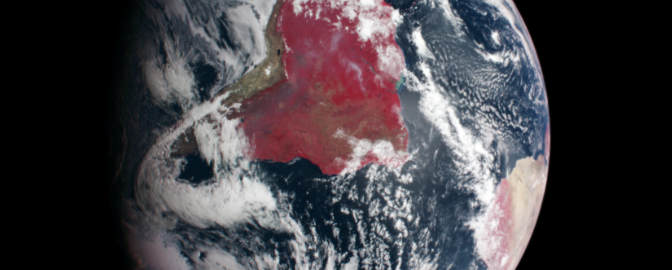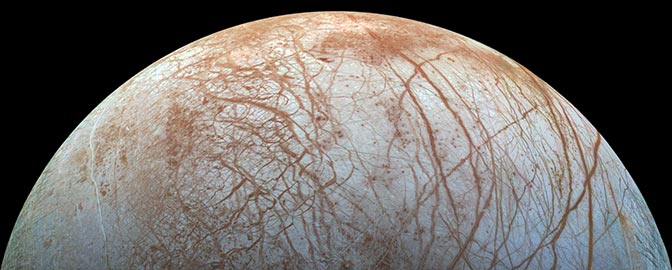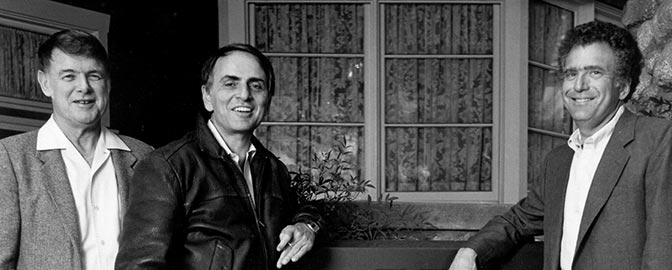Compton Spectrometer and Imager (COSI)

Mission Overview
The Compton Spectrometer and Imager (COSI) is a soft gamma-ray (0.2 to 5 MeV) observatory designed to: map the 511 keV galactic electron-positron annihilation emission; look for radioactive isotopes (26 Al, 60 Fe, and 44 Ti) that trace the galactic history of supernovae; measure polarization of gamma-ray bursts, compact galactic objects and active galactic nuclei; and detect and localize electromagnetic counterparts to multi-messenger sources such as gravitational wave and high-energy neutrinos for follow-up observations by other telescopes.
COSI consists of a compact Compton telescope that utilizes sixteen, 3-dimensional imaging, high-spectral-resolution, germanium detectors contained within a cryostat. A mechanical cryocooler maintains the detectors are at their cold operating point. The cryostat is enclosed on all sides and bottom by bismuth germanate scintillator detectors that act as an anti-coincidence shield to reduce the background and effectively constrain the field of view to 25% of the sky.
COSI is planned to launch in 2025. It will be placed in low Earth orbit.
Note: Mission information is from NASA's Space Science Data Coordinated Archive.
Spending Summary
| FY 2024 Total | By Jul of FY 2024 | By Jul of FY 2025 | Change from FY 2024 | |
|---|---|---|---|---|
| Obligations | $12.9M | $5.6M | $47.2M | +$41.6M |
| Outlays | $22.0M | $17.0M | $33.0M | +$16.0M |


 Explore Worlds
Explore Worlds Find Life
Find Life Defend Earth
Defend Earth

